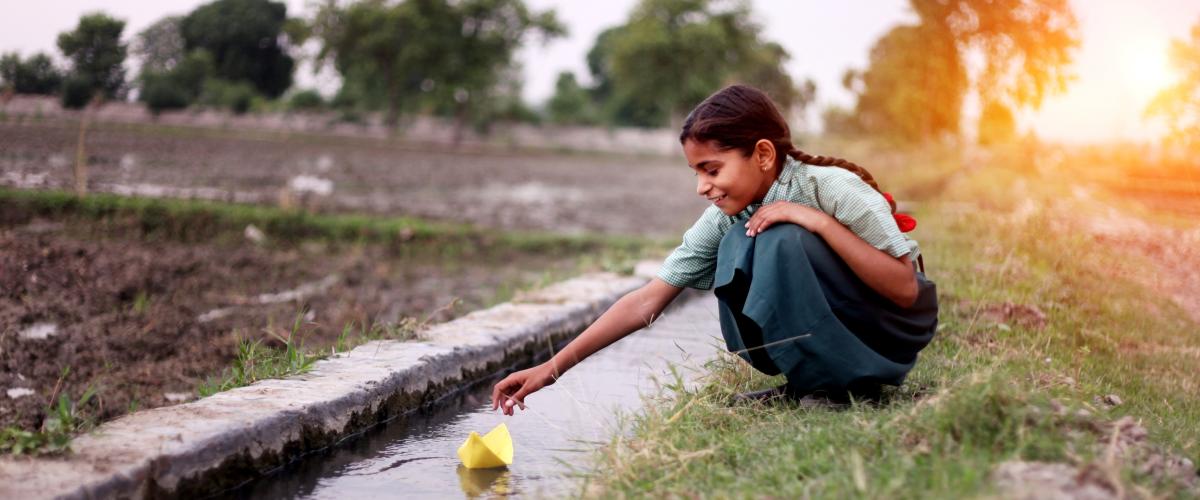
News
The World Bank payed tribute to women entrepreneurs who have distinguished themselves in their respective fields by acting for a resilient future in the Middle East and North Africa region (MENA) in an awarding ceremony held on Sunday in Casablanca.
One thing is clear today: Resilience is here to stay. Over the past couple of years, the global community has rallied around the importance of building resilience. All the recent major conferences and agreements — from the Sustainable Development Goals, to the Sendai Framework on disaster risk reduction, to the 2015 Paris Climate Change Agreement, and the World Humanitarian Summit — reflect on resilience in some way or another.
March 11 marks the sixth anniversary of the Tohoku earthquake and tsunami in Japan. The human and economic consequences of this event have tragically illustrated that even the best-prepared and most advanced countries face the threat of natural disasters, and that natural risk can never be reduced to zero. The world will see more disasters in the future, and needs to prepare for them.
Global natural disasters cost $520 billion of consumption loss annually, 60 percent larger than asset losses that are commonly reported, the World Bank said in a report.
JAMAICA will be getting help from the World Bank towards the promulgation and passage of a new Building Act to replace the country’s 109-year-old building code.
Making cities accessible and inclusive for all people, including persons with disabilities, is an essential component of the New Urban Agenda, adopted at the recent Habitat III Conference in Quito, Ecuador on October 17-20.
Natural disasters push 26 million people into poverty and cost the world about $520 billion every year — which is about 60 percent lower than is usually reported, according to a new World Bank study.
Natural disasters drive tens of millions of people into poverty and also have a devastating impact on consumption, the World Bank has said. Climate change looked certain to amplify these effects, the lender argued.
The devastation in floods, earthquakes or droughts is generally measured by how much stuff or assets people lose — say the number of wrecked houses and the dollar amount it would take to rebuild them. In the course of a year, that adds up to a lot of money: $300 billion by some accounts.
La Banque mondiale estime que les inondations, tempêtes, séismes et tsunamis plongent chaque année 26 millions de personnes dans la pauvreté.
